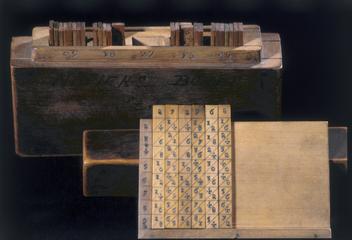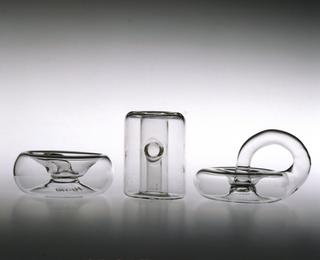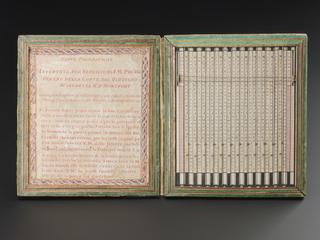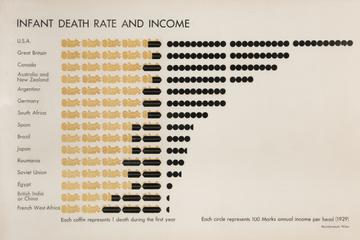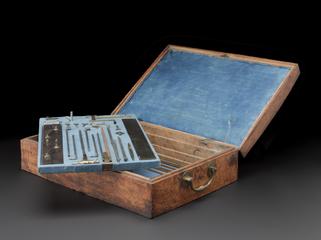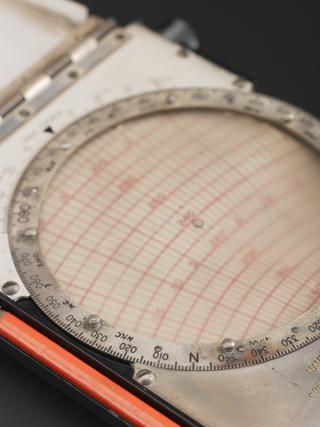
Harmonic analyser
- patentee:
- John Harvey
























Harmonic analyser, made by E.A.Nehan: designed by J.Harvey (less box and plumbline)
Designed by John Harvey and made by E.A Nehan, who were both at the mathematical department at Imperial College, this type of harmonic analyser was used, though not widely, to represent a given periodical mathematical function, by calculating coefficients of Fourier series (the method of representing a function as the sum of simple trigonometric functions). Fourier series named after the French mathematician Joseph Fourier in the 19th century, are a useful mathematical tool in analysing periodic signals and have revolutionised our understanding of signal processing. As such, they have multiple useful applications in industries such as telecommunications.
Details
- Category:
- Mathematics
- Object Number:
- 1933-439
- Materials:
- brass (copper, zinc alloy), steel (metal), iron and glass
- Measurements:
-
overall (main part): 680 mm x 520 mm x 400 mm, 8.422 kg
overall (instrument, lying flat): 9 mm x 192 mm x 69 mm, 0.064 kg
- type:
- harmonic analyser
- credit:
- Mr. J. Harvey
